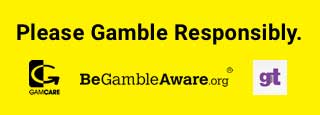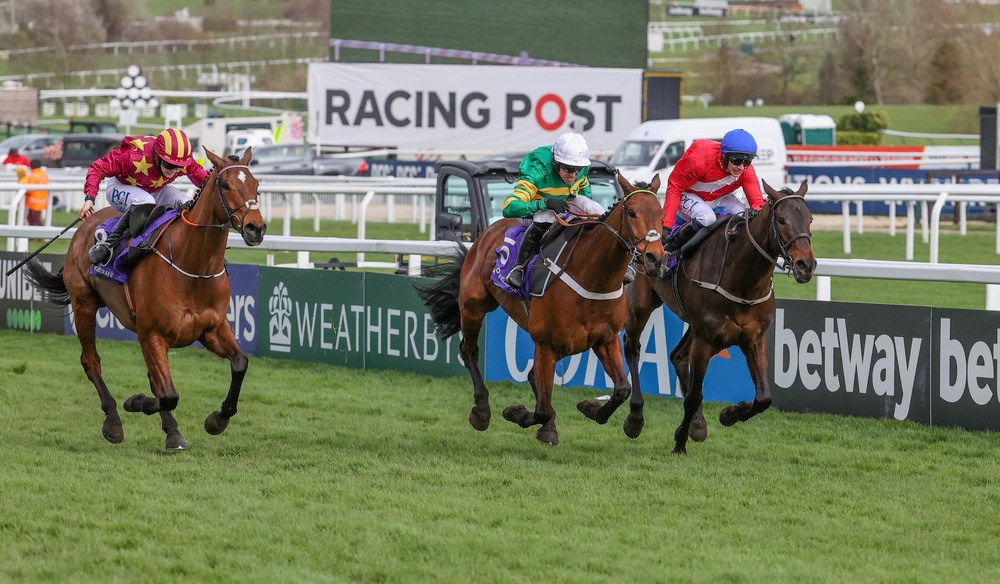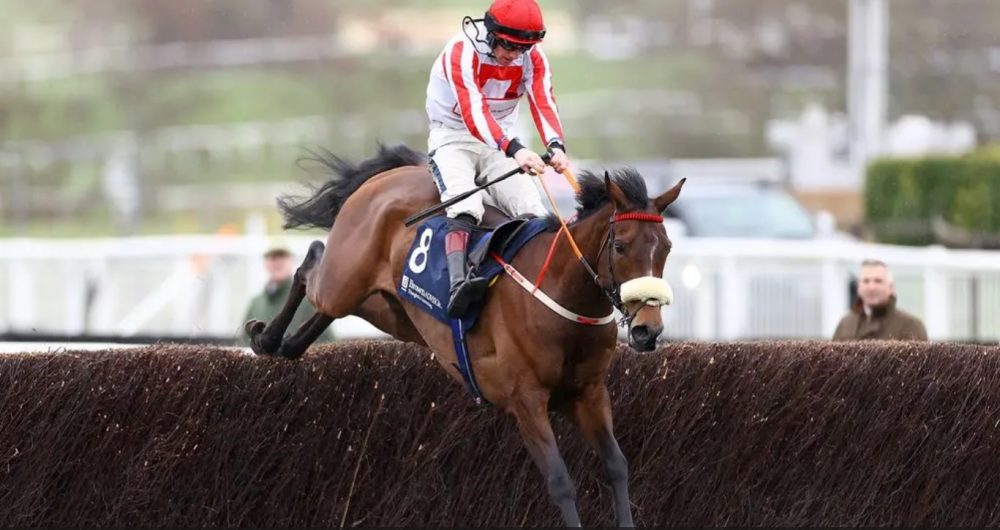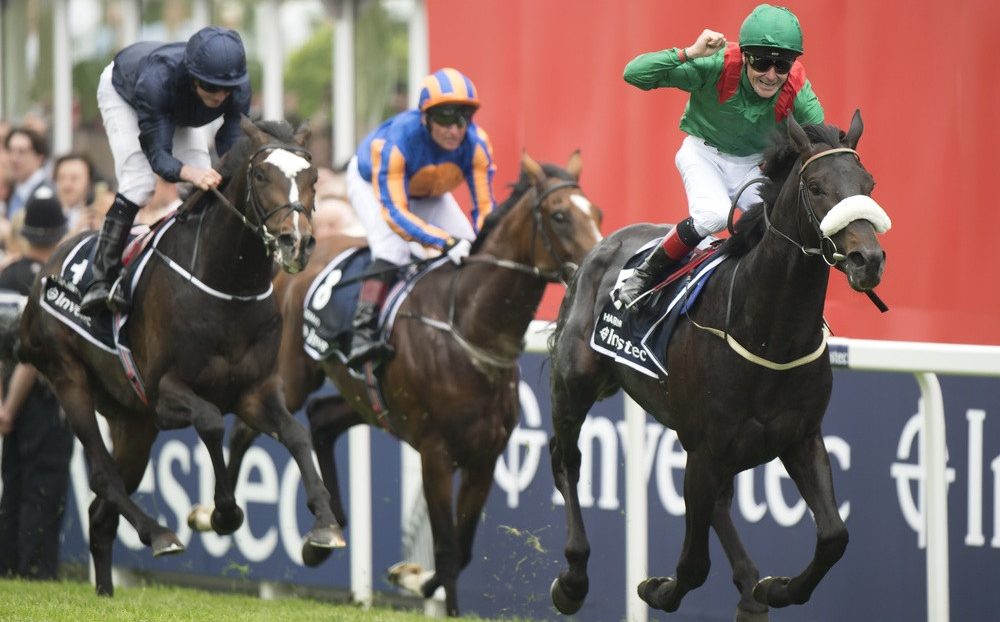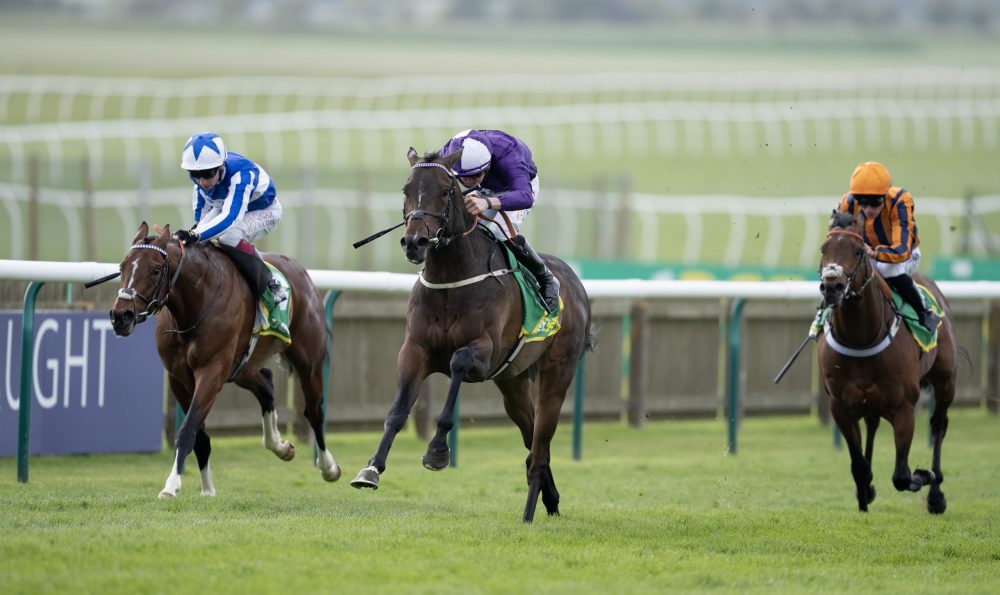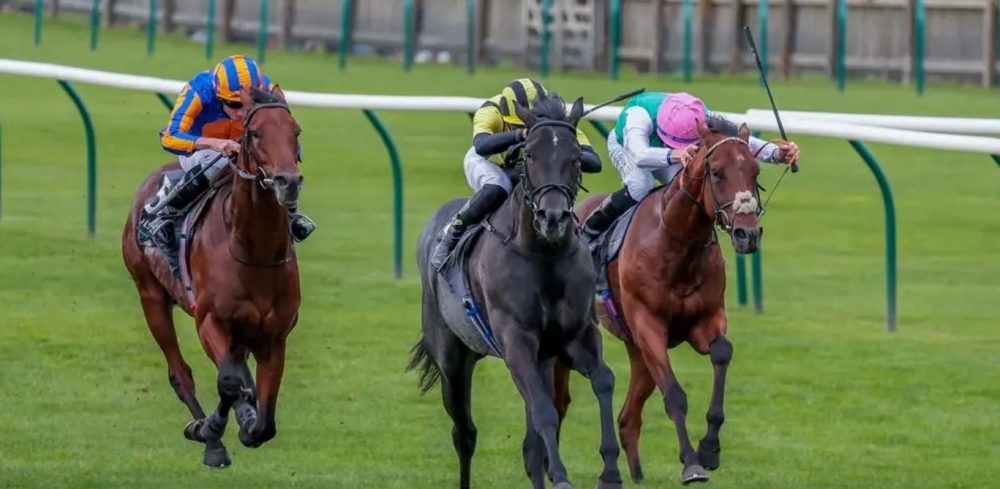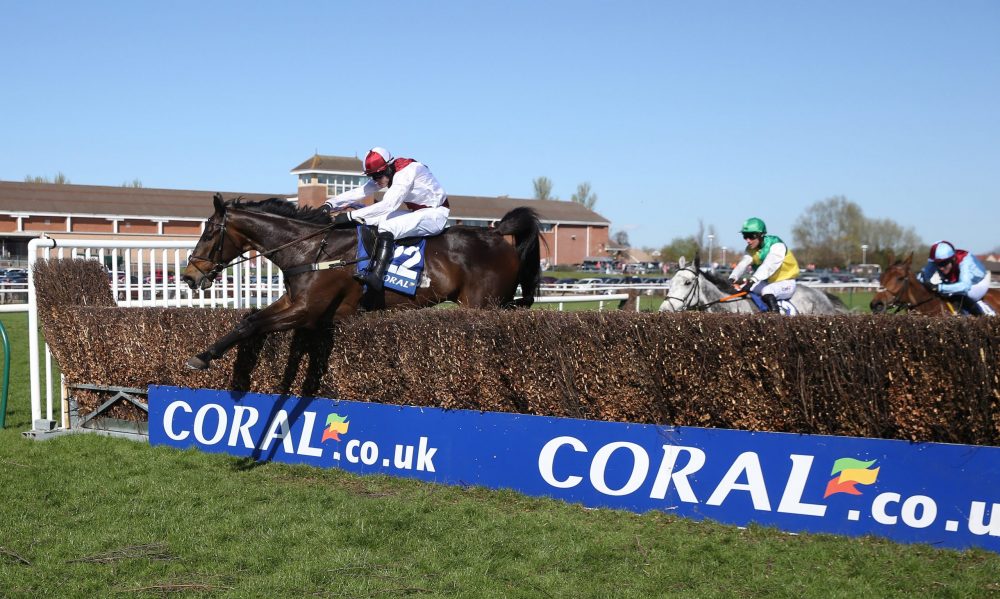
Breathing Operations Declared
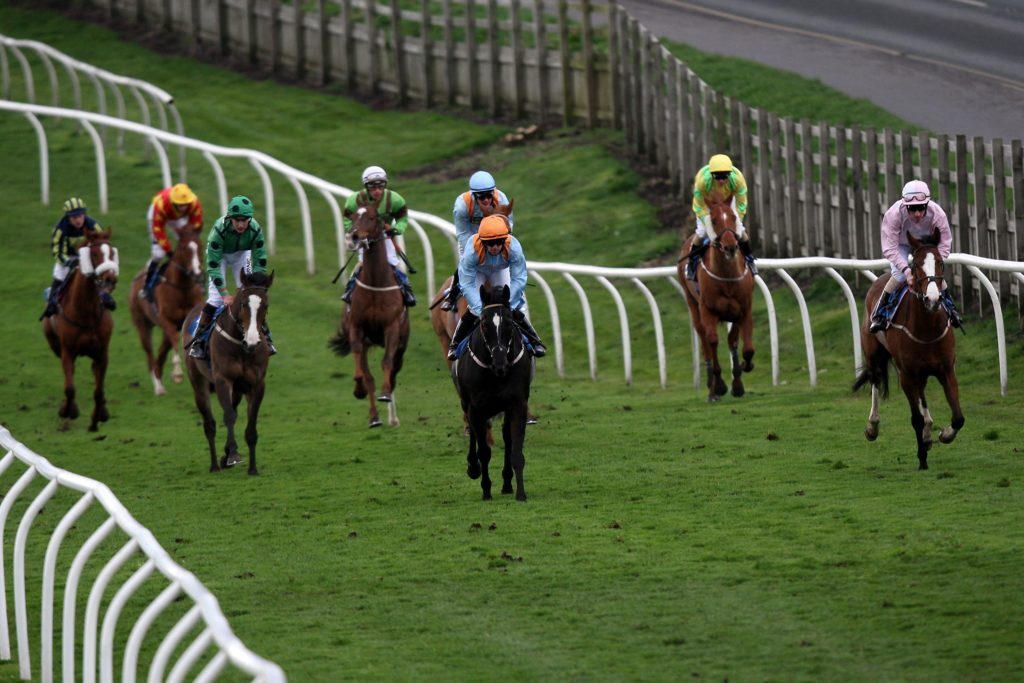
The 19th of January 2018 is a landmark day in the sport. From today, any breathing operations on horses who have previously raced must be declared in accordance with the new BHA rules. This new rule has already proved divisive in the industry, what is considered a crucially important piece of information to punters has not gone down as well with trainers and breeders. Is this new information at the fingertips going to make a huge difference to those of us that have a bet? Here’s what you need to know.
In The Racecard
From today you will note a ‘W1’ next to runners who are having their first run having had an operation on their wind, such as Alberobello in the 3.20 Chepstow. In the same way that wearing blinkers for the first time ‘B1’ is noted, punters will have to decide how much attention they need to pay to this new information and how best to use it to beat the bookies.
How Do Breathing Operations Work?
There are different levels of wind ops, depending on the severity of the issue the horse has. There are a number of different procedures, the most common of which are below.
Hobday – Removing of ventricles from the larynx.
Tie-back – Part of the larynx (generally the left side) is stitched in place to hold it open.
Tie forward – Larynx can be tied forward to clear the airways.
Soft Palate – Palate can loosen, flip backwards and block the airway. They will have it cauterised to keep it in place.
The important question though, is how often do they work? No-one really knows at present and with all wind ops coming under one banner, i.e we won’t be told which procedure the horse has had, it is going to be difficult to ever know for sure. All too often we hear a hugely improved performance in a Saturday handicap is a result that the horse has had their breathing seen to, but naturally we never hear of the failures to improve the horses performance.
What should punters do?
Used correctly, this information could be profitable for punters long term, but it cannot just be used blind and be expected to turn a profit. The best way to make profit from any sport is to watch it closely. A lot of our big price winning singles down the years have come with horses who have a few 0’s next to their name but caught the eye. Horses travelling well in a race but who fade quickly when coming under pressure are noted in case a tongue strap is fitted first time, this will be a similar angle into wind ops. If a horse is unable to take sufficient air into their lungs (60 litres of air passes the larynx on every stride at full gallop) they simply cannot perform. By watching the races closely, punters can determine which horses are genuinely good candidates for a wind op and which are just a last roll of the dice for connections who have run out of ideas.
There will be certain sires whose progeny benefit more from wind ops than others. This is where the biggest concern from the breeding industry comes from, a stigmata against their sire with too many of his progeny needing an operation to correct their wind is going to see sales prices drop and nomination dry up. A lot of Dubawi’s end up in headgear but there are no shortage of nominations at a quarter of a million a go, so how legitimate a concern this is, is open for debate. There will no doubt be many spreadsheets created this week, which after a year or so will give everyone a better idea of how successful breathing operations are. Until then while this new information is unquestionably a step forward for the industry, it should be treated with caution by punters who don’t have the time to watch everything. Luckily our team do watch every race on more than one occasion so when we put up a horse on our free horse racing tips, you know that we have done all the research for you, with a 156/1 Acca already landed this week!
